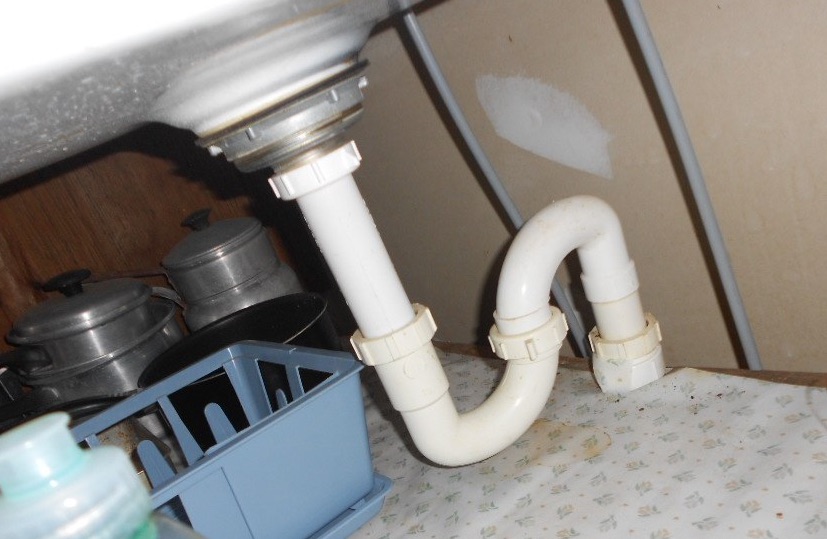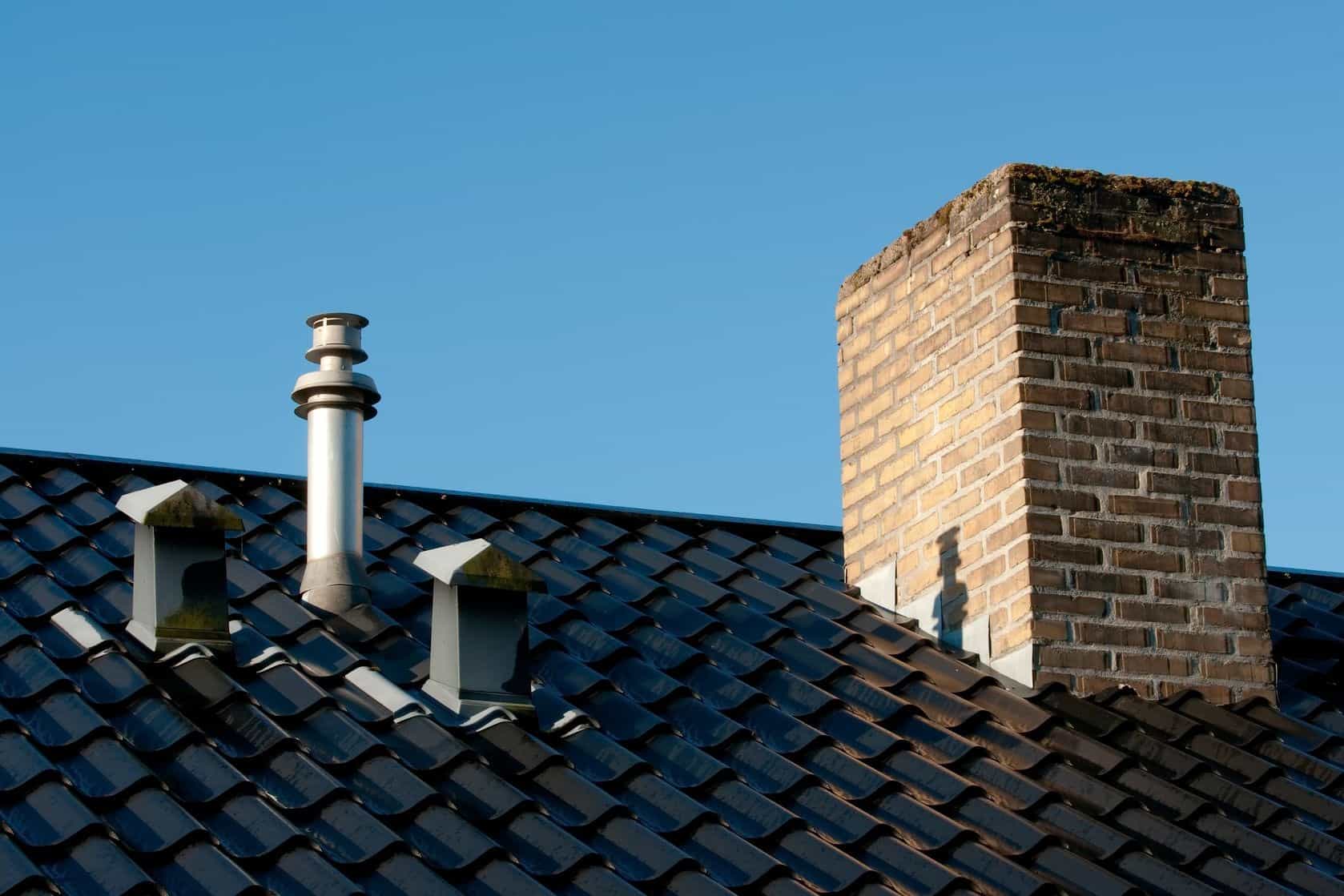The Reason Why Adequate Ventilation Matters in Plumbing Systems
The Reason Why Adequate Ventilation Matters in Plumbing Systems
Blog Article
We have come across this article pertaining to What Are Plumbing Vents and Why Are They Important? below on the web and concluded it made sense to share it with you in this article.

Proper ventilation in pipes systems is frequently neglected, yet it is vital for keeping the performance and safety of your home's plumbing. Air flow assists manage air pressure, prevent the build-up of unsafe gases, and make certain the efficient elimination of waste. In this overview, we will explore the value of proper plumbing ventilation, just how it works, and the benefits it brings to your pipes system.
Recognizing Ventilation in Plumbing
Air flow in pipes describes the network of pipelines that permit air to flow with the water drainage system. These vents serve multiple objectives, consisting of controling air pressure within the pipes, preventing sewage system gases from going into the home, and aiding in the smooth circulation of wastewater.
Just How Air Flow Functions in Pipes Equipments
Atmospheric Pressure Policy
Appropriate air flow maintains balanced air pressure within the pipes system. When water moves with pipes, it displaces air. Without ample ventilation, this variation can produce negative pressure, resulting in reduce drains or siphoning of water from catches, which can create undesirable odors to leak right into the home.
Protecting Against Sewage System Gas Build-up
One of the most critical functions of pipes vents is to prevent sewage system gases, such as methane and hydrogen sulfide, from collecting within the home. These gases can pose severe health dangers and are very combustible. Vent pipes allow these gases to leave safely outside.
Helping in Waste Removal
Air flow aids in the reliable removal of wastewater by avoiding airlocks in the drain system. When air can flow easily through the vents, it enables water and waste to flow smoothly through the pipelines, lowering the threat of clogs and back-ups.
Kinds Of Plumbing Vents
Main Heap Vent
The primary pile air vent, likewise called the vent pile, is the key vent in a pipes system. It expands from the primary drain align via the roofing, enabling gases to run away and fresh air to enter the system.
Branch Vent
Branch vents attach to the primary pile vent and offer individual components, such as sinks, toilets, and showers. These vents guarantee that each fixture has adequate ventilation to function correctly.
Air Admission Valve (AAV).
An Air Admittance Valve (AAV) is a one-way valve that enables air to enter the plumbing system without the need for a typical vent pipe prolonging via the roofing. AAVs are typically made use of in improvements or locations where setting up a common air vent is impractical.
Indications of Poor Air Flow in Plumbing.
Slow Draining Fixtures.
If your sinks, bathtubs, or commodes are draining pipes gradually, maybe a sign of poor air flow. Poor air flow can produce a vacuum cleaner result, making it tough for water to drain pipes appropriately.
Gurgling Appears.
Gurgling audios originating from drains are often a result of air being sucked with water traps as a result of unfavorable stress in the pipelines. This is a clear sign of insufficient ventilation.
Unpleasant Odors.
Sewer smells inside your home are a warning that your pipes system is not correctly aerated. This can suggest that drain gases are not being properly vented outside, resulting in possibly hazardous conditions.
Usual Ventilation Blunders.
Inadequate Vent Sizing.
Utilizing small air vent pipes can result in bad air circulation and stress discrepancies in the system. It's necessary to make use of vents that satisfy the details needs of your plumbing system.
Improper Vent Placement.
Placing vents too much from the fixtures they offer can minimize their performance. Appropriate placement guarantees that air can flow easily and successfully via the system.
Ignoring Code Requirements.
Building ordinance give details guidelines for pipes air flow. Overlooking these codes can lead to a system that falls short to work correctly and might lead to expensive repair work or carcinogen.
Benefits of Correct Ventilation.
Improved System Efficiency.
Effectively ventilated plumbing systems run much more successfully, with fewer obstructions, faster draining, and less stress on the pipelines. This efficiency extends the life-span of the pipes system.
Improved Air Top Quality.
By protecting against sewage system gases from entering your home, proper air flow contributes to better indoor air high quality, making your living setting healthier and a lot more comfortable.
Stopping Water Damage.
Adequate ventilation helps stop water from being siphoned out of traps, which can cause sewage system gases getting in the home and triggering water damage with time.
Actions to Make Sure Proper Air Flow.
Consulting Plumbing Codes.
Constantly consult neighborhood plumbing codes when making or customizing your plumbing system. These codes give the necessary guidelines for appropriate airing vent and guarantee your system meets safety and security standards.
Normal Examination and Maintenance.
Normal examinations can help identify possible air flow issues before they come to be major troubles. Upkeep tasks, such as cleansing air vent pipes and looking for obstructions, are essential for maintaining the system in good working order.
Specialist Installation.
For new installations or major alterations, it's important to employ a specialist plumbing professional. They have the proficiency to make sure the air flow system is correctly developed and installed according to code.
Conclusion.
Proper ventilation is a critical element of any plumbing system, ensuring that it operates successfully and safely. By understanding the importance of air flow, acknowledging the indicators of inadequate ventilation, and taking actions to keep your system, you can avoid expensive issues and protect your home's air high quality.
4 Things You Should Know About Your Plumbing Vents
What Plumbing Vents Are
Also called a vent stack, a plumbing vent is a vertical pipe attached to your drain line that runs through your roof. The plumbing vent pipe, or plumbing air vent, removes gas and odors from your plumbing system and allows fresh air to enter the pipes, helping the water to flow out of the drain pipes.
What Plumbing Vents Do
Plumbing vents have two basic functions. One of which is to allow unpleasant smelling wastewater and sewer gasses to escape your plumbing system instead of entering your home. Plumbing vent pipes are typically located on roofs, away from windows, to ensure the fumes exit the home completely.
The other function of the plumbing vent is to move fresh air into your plumbing system. This helps move water through every plumbing fixture in your house, like toilets and sink drains. Think of the way in which you need to let a little air into the bottle as you pour soda in order to make the drink flow smoothly.
Different Types of Plumbing Vents
True vent: This is the most common vent option. In simplest terms, a true vent is a vertical pipe attached to your drain line that exits through the roof. They often function as the main vent that other fixtures can connect to. Re-vent pipe or auxiliary vent: Attached to the drain line near specific plumbing fixtures, re-vent pipes run up and over to connect to the main vent. Common vent: Two plumbing fixtures installed on opposite sides of a wall are typically tied into the vent stack using something known as a sanitary cross. Wet vent: This venting option operates as a drain pipe and a vent at the same time. Wet vent drainage systems drain water from one fixture while venting the air from another. Although they’ve been used for over 100 years, wet vent systems have only recently been added to the plumbing code in many areas. If you’re planning on installing one in a bathroom remodel, make sure you check your local code prior to construction. Loop vent: For free-standing fixtures like kitchen island sinks, loop vents are ideal. These vent pipes run under the floor, rise from the P-trap, and create a loop inside the cabinet sink. Air admittance valve: An AAV is a one-way mechanical valve typically installed at the site of the plumbing fixture. AAVs allow venting to occur without having to tie into a larger venting system. They’re ideal for venting fixtures where you aren’t able to easily connect to an existing vent system. Common Plumbing Vent Issues
Although vent pipes typically don’t have water flowing through them, they’re still subject to many typical plumbing issues. For example, clogs are one of the most common problems associated with sewer vent pipes. If your vent pipe gets clogged, all of your plumbing fixtures tied into the vent stack will be affected.
A sink with a slow drain that bubbles and gurgles or a strong sewage smell around your toilet are both indicators that your toilet vent pipe is clogged. Because most vent pipes exit through the roof, old leaves, twigs or even a bird’s nest could be clogging the pipe.
Clogs in your vent pipe system cause a buildup of negative pressure, meaning that water won’t be able to flow out of your home very well. It’s similar to putting your finger over the opening of a straw to trap water inside. When you remove your finger, the water is able to flow out of the straw.
If you suspect you have any blockage in your vent, make sure you have a professional come examine the situation. Left unchecked, a blocked air vent can lead to other costly repairs, like leaks and sediment buildup.
Under Pressure
Pipe vents are essential aspects of a home’s plumbing system. Owning a home means learning about all sorts of things you never put much thought into before. But by understanding as much as you can about the important systems of your home, you can keep those budgets intact and those anxiety levels low.
https://www.homeserve.com/en-us/blog/home-improvement/plumbing-vents/

I found that post about What Is A Plumbing Vent & How Do They Work? while doing a lookup on the search engines. Enjoyed our blog posting? Please quickly share it. Let someone else discover it. Thanks so much for your time spent reading it.
Book Today Report this page